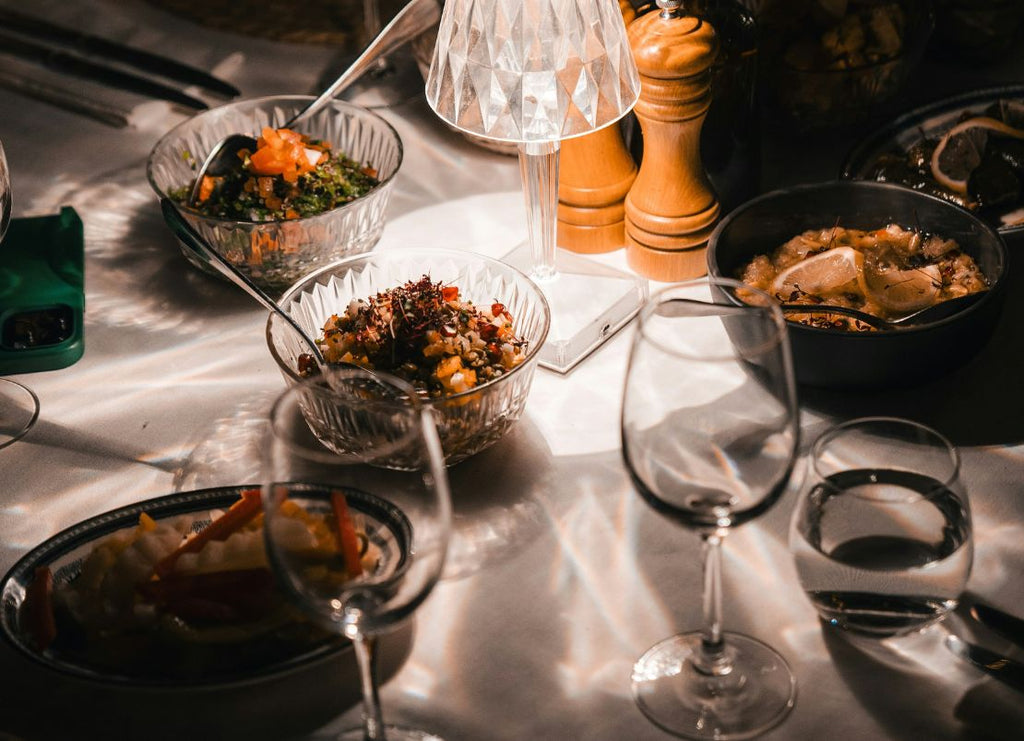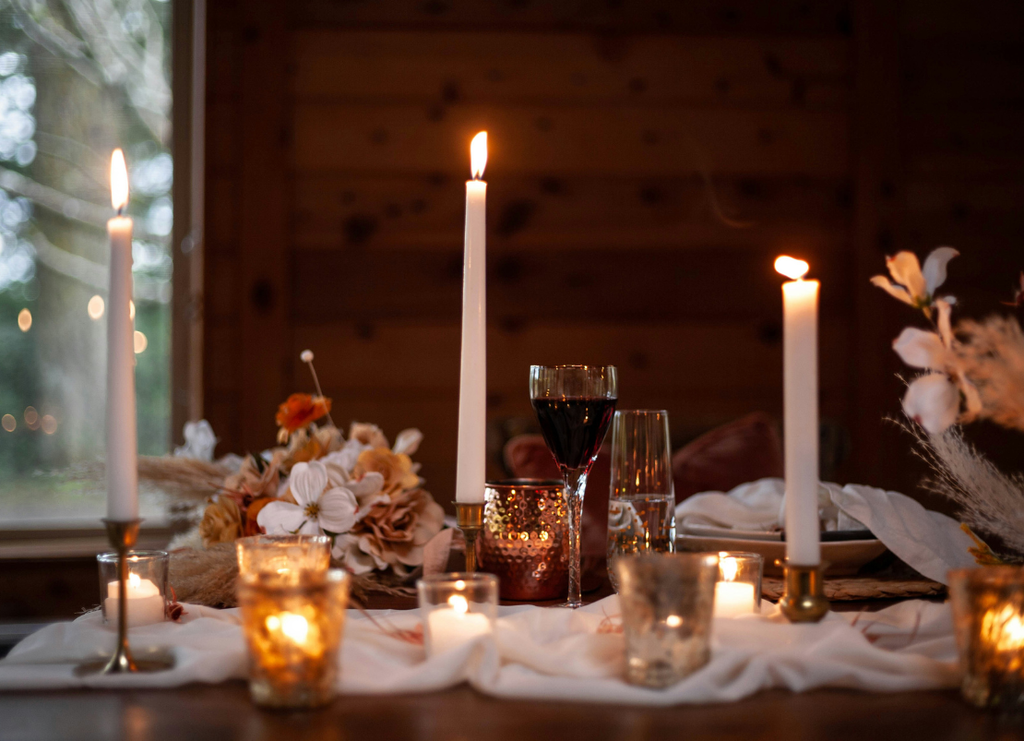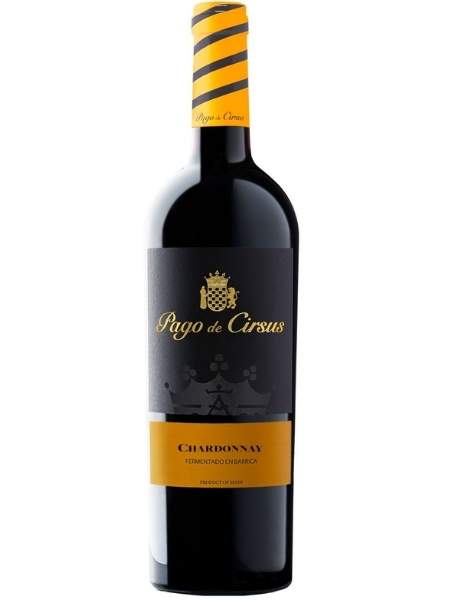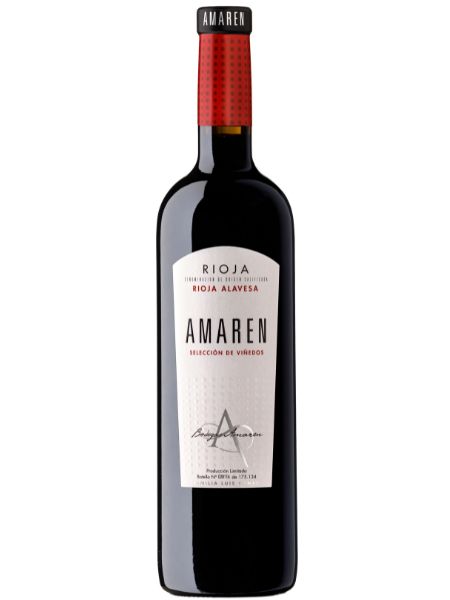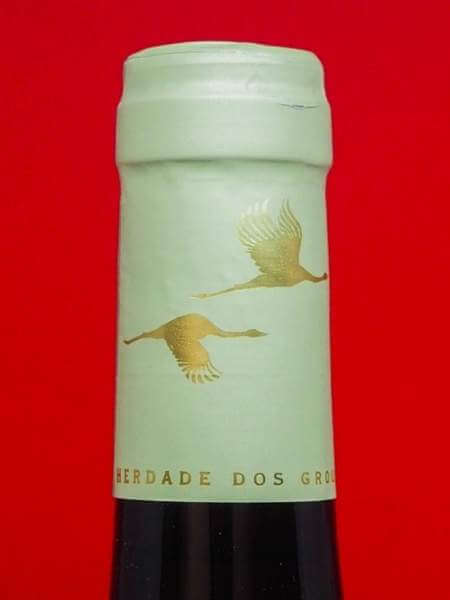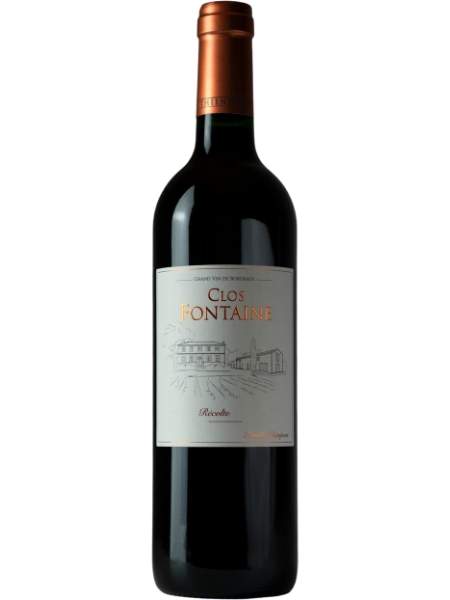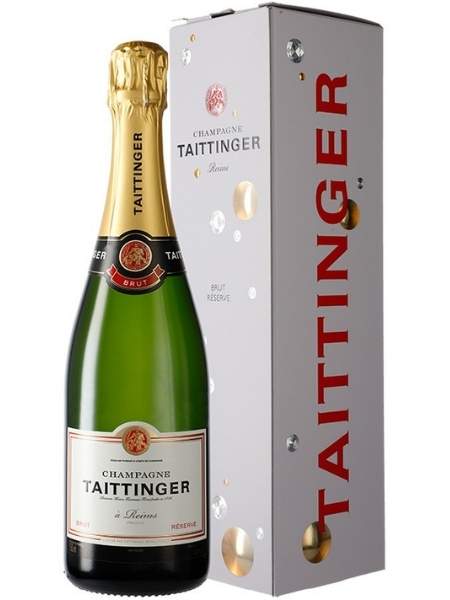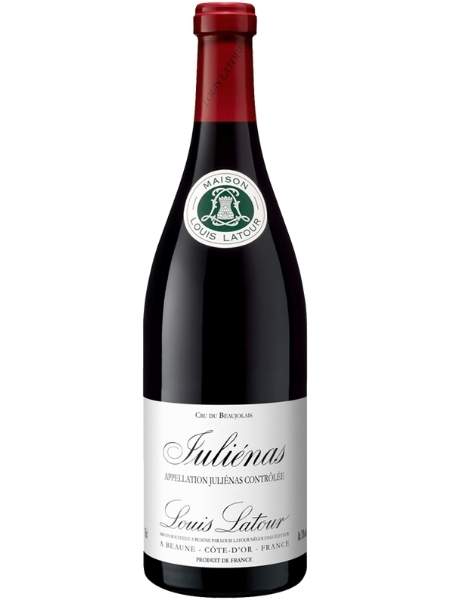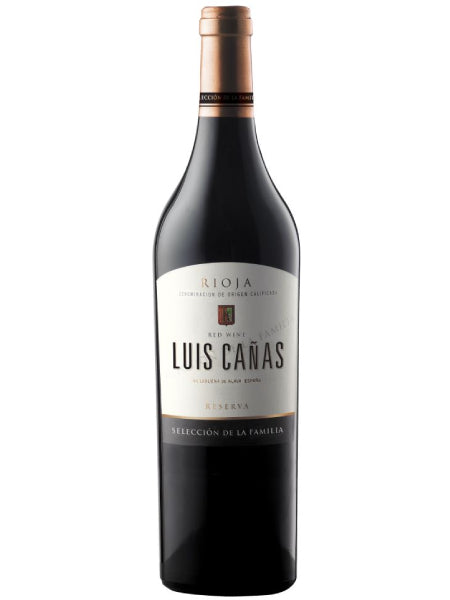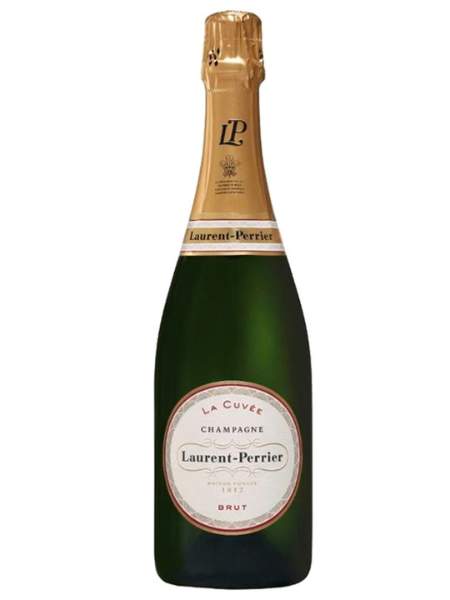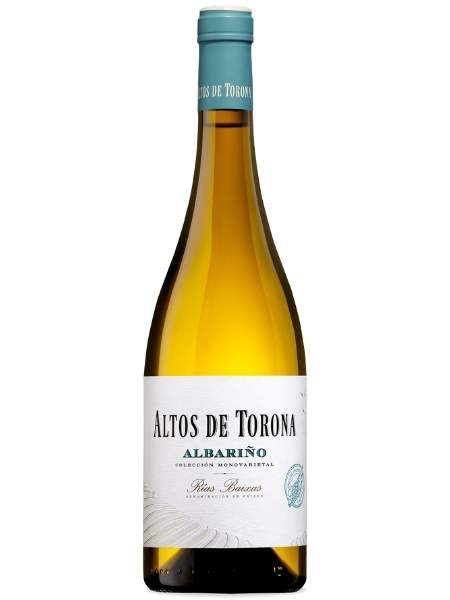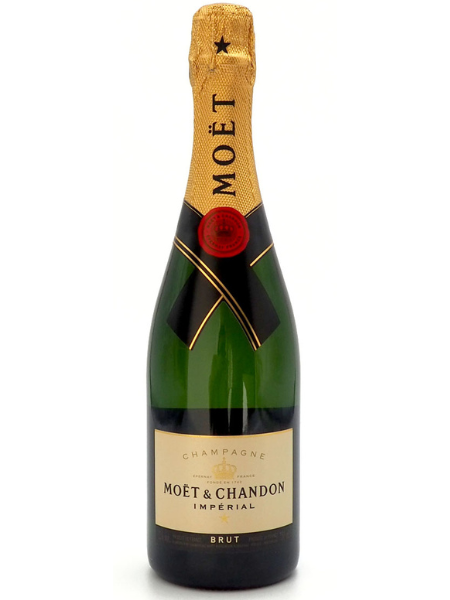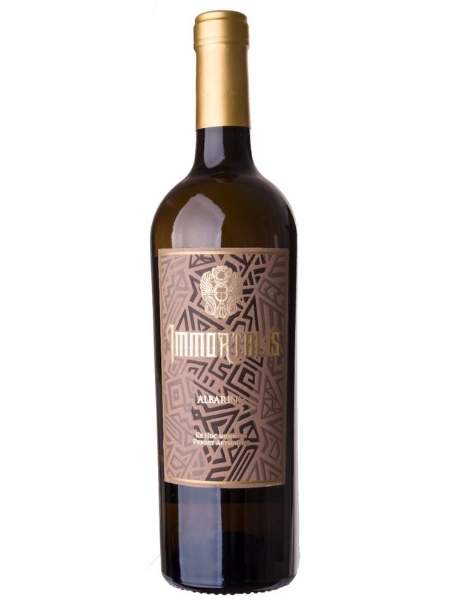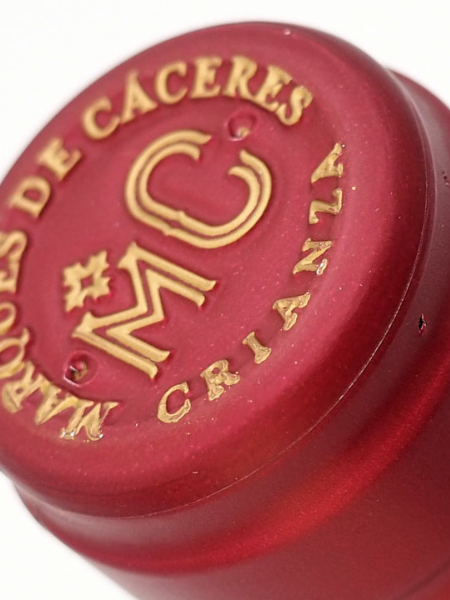
What's the Difference Between White Wine Making and Red Wine Making?

Whether you're a wine connoisseur or a casual wine drinker, you may have noticed that white and red wines have very distinct personalities. It's not just a matter of the color of the liquid in your glass, either. From start to finish, the white wine making process is completely different from the red wine making process. In this guide, we'll take a closer look at both, exploring the unique characteristics that define each. We'll give you the inside scoop on how to make red wine and how to make white wine, and we'll reveal some of the key differences between these two beloved beverages. So pour yourself a glass of your favorite wine, settle in, and let's get started!
Understanding the Essence of Winemaking
Before we dive into the specifics, let's take a moment to appreciate the art and science of winemaking. Whether it's the crispness of a Chardonnay or the boldness of a Cabernet Sauvignon, winemaking is a centuries-old craft that marries nature and human ingenuity. Now, let's explore how the differences in approach and ingredients create the exceptional diversity of white and red wines.
The Fundamentals
White Wine Making
White wine is often celebrated for its purity and elegance. The process begins with the careful selection of white grape varieties, such as Chardonnay, Sauvignon Blanc, or Riesling. Here's how it unfolds:
- Harvesting: White grapes are typically harvested early to preserve their acidity and freshness. Timing is crucial.
- Crushing and Pressing: The grapes are destemmed, crushed, and pressed to extract the juice, which is clear.
- Fermentation: The juice is fermented at a controlled temperature, usually in stainless steel tanks, to preserve the delicate flavors.
- Aging: Depending on the type of white wine being produced, it may be aged in oak barrels or stainless steel tanks. This aging process contributes to the wine's complexity and character.
- Bottling: After aging, the wine is filtered, stabilized, and finally bottled.
Red Wine Making
Red wine, on the other hand, is renowned for its deep, complex flavors. The key difference is the use of red or black grape varieties, such as Merlot, Cabernet Sauvignon, or Pinot Noir. The red wine making process is distinct:
- Harvesting: Red grapes are left on the vine longer to develop tannins, colors, and complex flavors. Harvesting is precise and often done by hand.
- Crushing and Destemming: The grapes are crushed and, unlike white wine, the skins are not immediately removed. This prolonged contact with the skins imparts color and tannins to the wine.
- Fermentation: The crushed grapes, juice, and skins are fermented together. The red color is extracted from the skins during this stage.
- Aging: Red wine usually undergoes a more extended aging process, often in oak barrels. This adds layers of flavor and texture to the wine.
- Bottling: After aging, the wine is carefully filtered, and any necessary adjustments are made before bottling.
Differences in Flavor and Aroma
Now that we've explored the fundamental winemaking processes, it's time to uncover how these differences translate into the distinct flavors and aromas that wine enthusiasts cherish.
White Wine
White wines are generally lighter in flavor and body compared to their red counterparts. They often exhibit notes of citrus, green apple, pear, and sometimes tropical fruits. The aroma is fresh and crisp, with hints of floral and herbal elements. The absence of prolonged skin contact with the grapes contributes to their pale color and subtle taste.
Red Wine
Red wines boast a wide range of flavors, from fruity and jammy to earthy and spicy. Common flavor profiles include dark berries, cherries, plums, and sometimes even chocolate or tobacco. The aroma is often characterized by red and black fruits, with undertones of spices, oak, and, in some cases, leather or tobacco. The extended skin contact imparts a deep red or purple hue to the wine.
FAQs (Frequently Asked Questions)
Q: Can white grapes be used to make red wine, or vice versa?
Yes, technically, you can use white grapes to make red wine and red grapes to make white wine. However, the result may not match the quality or flavor profile of wines made from their intended grape varieties.
Q: What is the main factor determining a wine's color?
The primary factor is the contact between grape skins and juice during fermentation. Longer contact leads to darker colors, typical of red wines.
Q: Are there any health benefits associated with white or red wine?
Both white and red wines contain antioxidants, but red wine tends to have higher levels due to its prolonged contact with grape skins. Moderate consumption of either type may have some health benefits, such as improved heart health.
Q: Can you pair white wine with red meat or red wine with seafood?
While there are no strict rules, certain wine and food pairings complement each other better. Generally, white wine pairs well with seafood and lighter dishes, while red wine enhances the flavors of red meat and richer dishes.
Q: What is the aging potential of white and red wines?
Red wines often have a longer aging potential due to their tannin content. Some reds can improve with decades of cellaring. White wines are best enjoyed within a few years of release, with a few exceptions like fine white Burgundies and dessert wines.
Q: Are there hybrid grape varieties used in winemaking?
Yes, some winemakers experiment with hybrid grape varieties that have characteristics of both white and red grapes. These hybrids can produce unique and interesting wines.
Conclusion
In the world of wine, the difference between white wine making and red wine making is a captivating journey into the realms of taste, aroma, and tradition. From the choice of grape varieties to the intricacies of fermentation and aging, each step contributes to the distinct personalities of these two beloved beverages. So, whether you prefer the crispness of a Chardonnay or the boldness of a Cabernet Sauvignon, understanding the nuances of winemaking enhances your appreciation of these liquid treasures.





